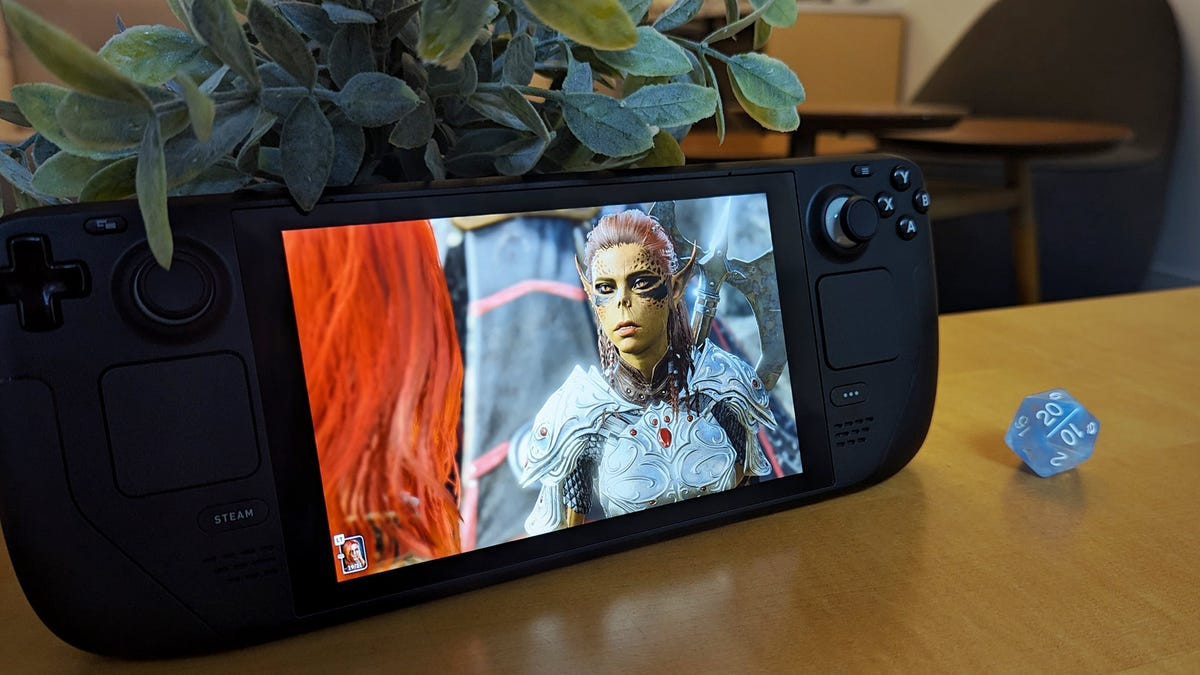The highly anticipated final version of Baldur’s Gate 3 by Larian Studios has captured the attention of gamers with its depth, multiple outcomes, and faithful Dungeon & Dragons ruleset adaptation. Not only is the game visually stunning, with detailed environments and character models, but it also runs remarkably well on Valve’s Steam Deck.
For those planning to play Baldur’s Gate 3 on Steam Deck, expect a serviceable ~30-FPS experience, with occasional dips into the 20s. However, these slight framerate drops do not hinder gameplay significantly, considering the nature of BG3 as a primarily narrative-driven game with exploration and turn-based combat. While higher framerates would enhance the visual experience, it is not crucial for this type of game.
Adjusting the graphics settings is recommended for optimal performance. Firstly, it is advised to turn off AMD’s FidelityFX Super Resolution (FSR 1.0) feature, as it currently produces poor image quality. Other settings, such as model quality, detail distance, and texture quality, can be set to medium for a balance between visuals and performance. Shadow quality can be set to low, while ambient occlusion and anti-aliasing settings can be adjusted to personal preference.
Baldur’s Gate 3 is a large game, taking up approximately 120 GB of storage. Downloading it, especially over Wi-Fi, may require some patience. It is advisable to download the game well in advance if planning to play it during a trip.
In terms of battery life, Baldur’s Gate 3 consumes a significant amount of power on the Steam Deck, providing around 1.5 hours of gameplay with the recommended settings. Lowering certain options may extend the battery life slightly, but it is advisable to have a power source nearby for longer gaming sessions.
If using the ROG Ally, Baldur’s Gate 3 runs smoothly and offers a slightly higher frame rate compared to the Steam Deck. However, the Ally has had thermal issues in the past, so it is advisable to exercise caution and play at a steady 30 FPS. The 1080p screen on the Ally delivers a sharper image but has a filter-like appearance that may not appeal to everyone.
Considering both devices, the Steam Deck has several advantages over the ROG Ally for playing Baldur’s Gate 3. The Deck’s 16:10 screen ratio offers a taller image, while the additional rear buttons and touchpads provide better control options. The Deck also feels more comfortable to hold and avoids the complications of the Ally’s Windows operating system.
Overall, Baldur’s Gate 3 offers an excellent portable gaming experience on both the Steam Deck and the ROG Ally. While some compromises in visuals and performance are necessary, the game remains enjoyable and immersive on these handheld devices.










